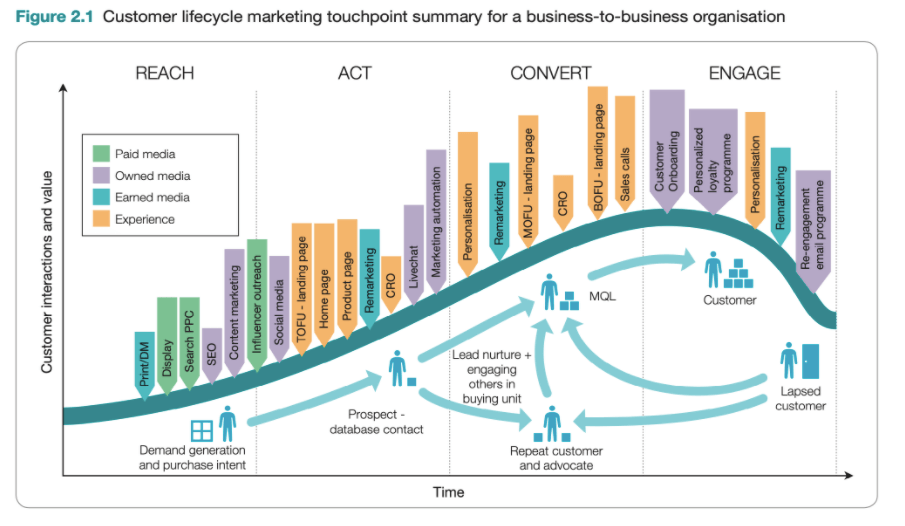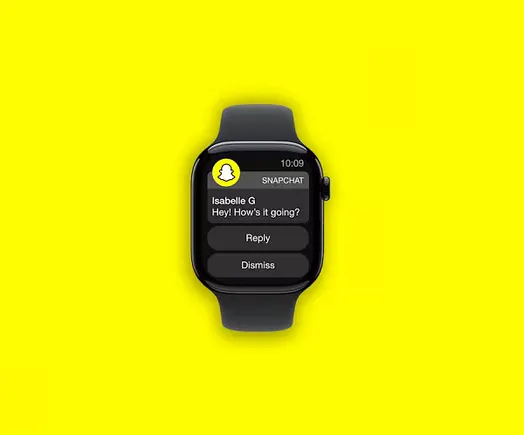How Schools Are Using Smart Tech to Boost Safety
Creating a safe learning environment has always been a priority for schools. But in today’s... The post How Schools Are Using Smart Tech to Boost Safety appeared first on Social Media Explorer.

Creating a safe learning environment has always been a priority for schools. But in today’s world, that responsibility has expanded beyond locked doors and fire drills. From vaping and bullying to intrusions and environmental hazards, schools face a growing list of safety concerns — and they’re turning to smart technology to help.
Smart tech in schools doesn’t just mean faster Wi-Fi or digital whiteboards. It now includes real-time monitoring systems, automated alerts, and discreet detection tools that help administrators respond faster and more effectively to potential threats.
According to the National Center for Education Statistics, 93% of public schools reported they had one or more technology-based security measures in place by the 2021–2022 school year, including surveillance cameras, electronic communication systems, and emergency notification platforms. And that number continues to rise as schools expand their safety tech portfolios.
Real-Time Monitoring Makes Schools More Responsive
In emergencies, time matters. That’s why schools are integrating real-time monitoring solutions that help detect issues as they happen — not after the fact. These tools allow staff to quickly assess threats and make informed decisions without delay.
Popular safety tech upgrades include:
- Smart surveillance cameras with motion detection and facial recognition
- Panic button apps that instantly alert first responders and key staff
- Digital access control to manage who enters which areas and when
- Intercom systems with two-way video for front office check-ins
- Geo-fencing tools for managing large campuses and field trips
These systems aren’t just about emergencies. They also help with daily safety operations, like tracking who’s on campus or identifying hotspots for behavioral issues.
Tackling Vaping and Behavior Issues with Sensors
One of the most persistent issues schools face today is student vaping — especially in places like bathrooms and locker rooms where adult supervision is limited. Traditional monitoring methods aren’t cutting it. That’s where vape detectors are stepping in.
These smart sensors detect the chemical signatures of e-cigarette vapor in real time and send alerts to designated staff. Some systems also monitor sound levels, flagging potential bullying, fights, or vandalism in areas that are typically unsupervised.
Benefits of vape detectors include:
- Early detection of nicotine and THC use on campus
- Reduced peer pressure as visibility and accountability increase
- Non-invasive monitoring that respects student privacy (no cameras or audio recordings)
- Improved health outcomes by discouraging harmful habits
- Support for intervention programs, not just punishment
This kind of tech isn’t about surveillance — it’s about early intervention and supporting a healthier school culture.
Environmental Monitoring Adds Another Layer
Safety isn’t just about stopping harmful behavior — it’s also about preventing environmental risks that could impact student health. Smart tech is helping schools monitor everything from air quality to temperature control to hazardous materials.
Examples of environmental tech in schools:
- Carbon dioxide monitors in classrooms to ensure ventilation
- Temperature and humidity sensors in gyms or labs
- Leak detection systems to prevent mold and water damage
- Air purifiers with live sensors for pollen, dust, and allergens
- Noise monitoring to reduce distractions and identify overstimulating environments
By identifying these risks early, schools can address them before they affect student well-being or learning outcomes.
Smart Tech, Smarter Communities
Perhaps the biggest impact of smart safety tech is how it brings school communities closer together. When students, staff, and parents know the systems are in place — and understand how they work — it builds trust and transparency.
To get the most out of smart safety tools, schools should:
- Train staff and students on how systems work
- Set clear policies for use, alerts, and follow-up actions
- Maintain transparency with parents about what’s being monitored
- Pair tech with human support, like counselors or behavior teams
- Continuously review and improve systems based on real-world use
Smart tech can’t replace human care and oversight — but it enhances the ability of educators to keep everyone safer.
Final Thought
Safety in schools isn’t a checklist — it’s an ongoing commitment. With the right smart tech tools, schools can detect issues earlier, respond faster, and create a more supportive environment for every student.
From vape detectors to access control and real-time communication systems, these technologies aren’t about policing students — they’re about protecting their right to learn, grow, and feel safe doing it. And that’s a goal worth investing in.
The post How Schools Are Using Smart Tech to Boost Safety appeared first on Social Media Explorer.



























![How To Launch, Grow, and Scale a Community That Supports Your Brand [MozCon 2025 Speaker Series]](https://moz.com/images/blog/banners/Mozcon2025_SpeakerBlogHeader_1180x400_Areej-abuali_London.png?auto=compress,format&fit=crop&dm=1747732165&s=beb7825c980a8c74f9a756ec91c8d68b#)
![Clicks Don’t Pay the Bills: Use This Audit Framework To Prove Content Revenue [Mozcon 2025 Speaker Series]](https://moz.com/images/blog/banners/Mozcon2025_SpeakerBlogHeader_1180x400_Hellen_London.png?auto=compress,format&fit=crop&dm=1747758249&s=9f3c5b1b7421f862beace1cb513053bb#)
![How To Create an Integrated Strategy That Increases Brand Mentions and Visibility [Mozcon 2025 Speaker Series]](https://moz.com/images/blog/banners/Mozcon2025_SpeakerBlogHeader_1180x400_JamesH_London.png?auto=compress,format&fit=crop&dm=1747780409&s=9bf9f0a2623b4a8be6eaf8f235115505#)





















![The 11 Best Landing Page Builder Software Tools [2025]](https://www.growthmarketingpro.com/wp-content/uploads/2024/04/best-landing-page-software-hero-image-1024x618.png?#)

































































![Social media image sizes for all networks [June 2025]](https://blog.hootsuite.com/wp-content/uploads/2023/01/Social-Media-Image-Sizes-2023.png)


![41 Instagram features, hacks, & tips everyone should know about [new data]](https://www.hubspot.com/hubfs/Instagram-hacks-1-20240916-2633447.webp)



















